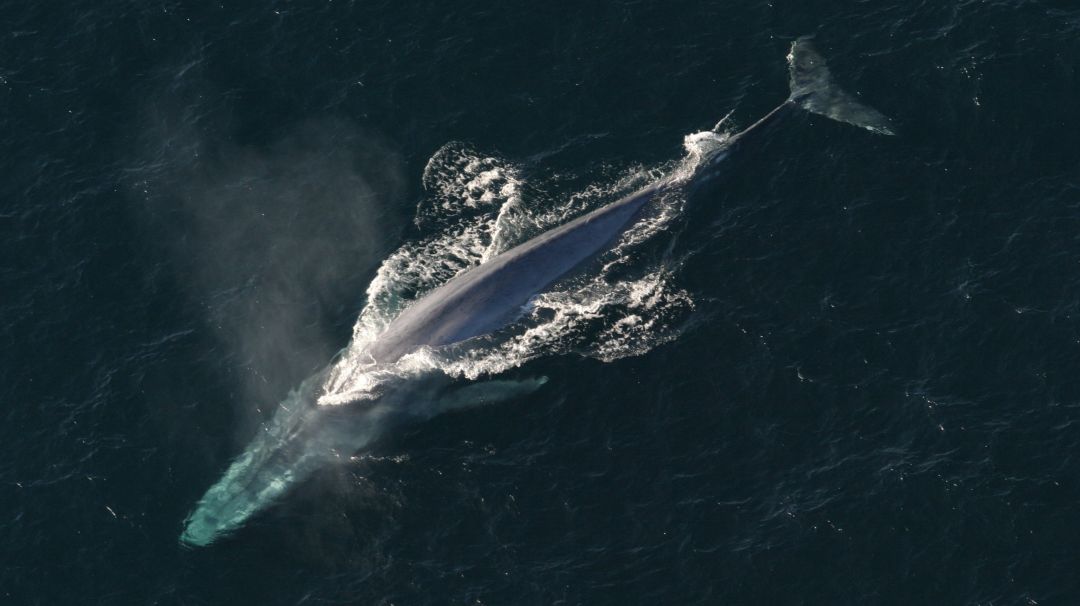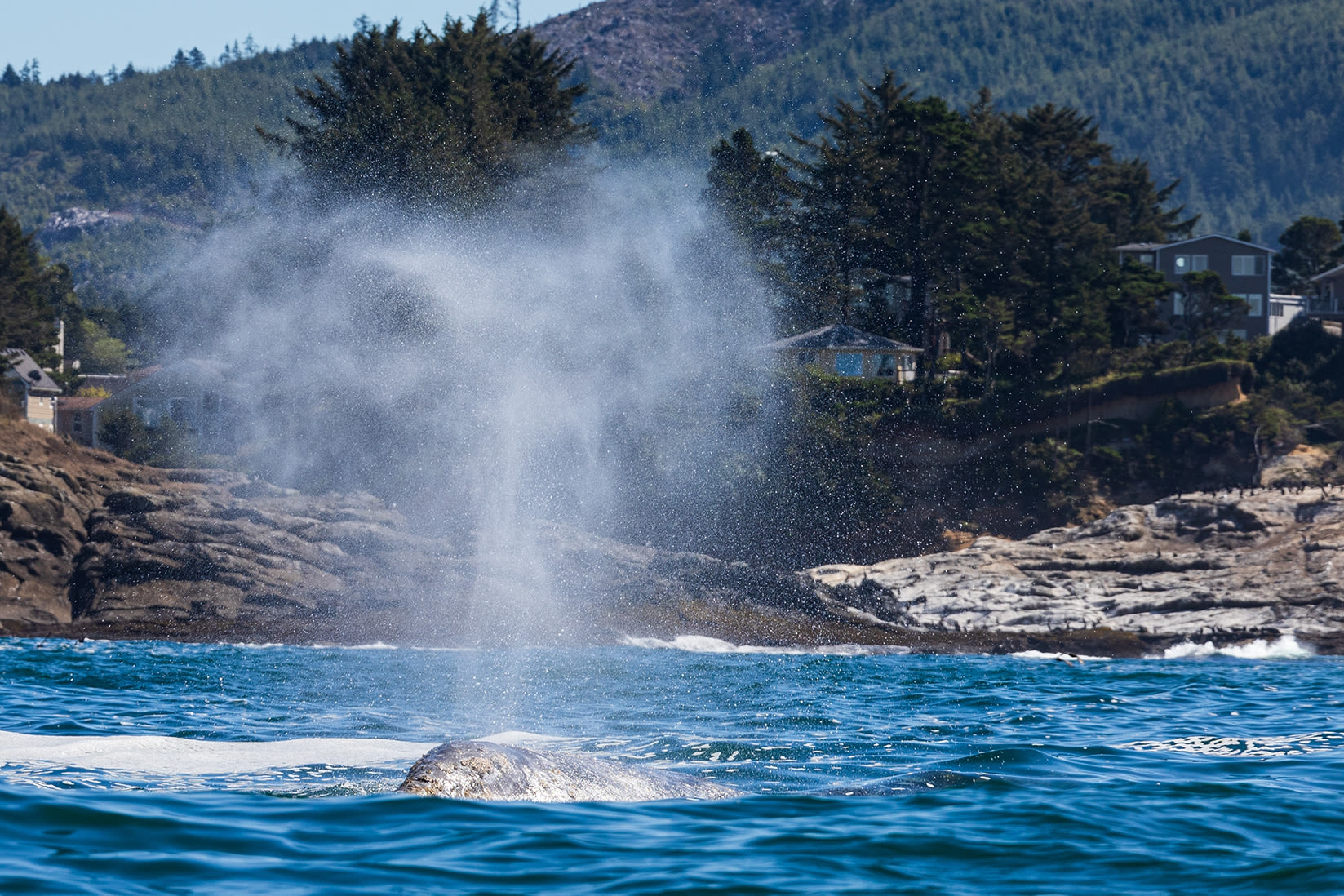Off the Oregon Coast, Blue Whales Are Singing Deeper

Image: Courtesy NOAA
In 2011, National Oceanic and Atmospheric Administration acoustician Bob Dziak literally dropped the mic: a custom hydrophone, just off the coast near Newport, capturing the calls of endangered blue whales. Researchers had realized that baleen whales (blues, fins) are singing at frequencies 31 percent lower than those they used in the 1960s. Dziak’s research focused on whether they might be doing so on purpose. In a paper published in the August 2017 issue of Scientific Reports, his team concluded that all blue whales—not just the big guys—can thrum like James Earl Jones, thanks to a larynx-like anatomical feature that theoretically allows whales to modulate their vocalization frequencies.
“What we’re showing is that it’s possible that it’s a cognitive choice,” Dziak explains.
So why would the world’s blue whales prefer a deeper baritone? One popular theory: as whale populations expand, deep voices get more respect. Others say that blue whales seek a channel free of increasing oceanic static: busier shipping traffic, plus wave energy buoys and icebergs.
Or possibly the song goes more like this: nobody knows the trouble they’ve seen.




